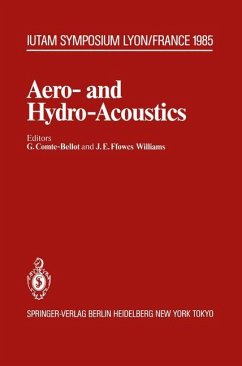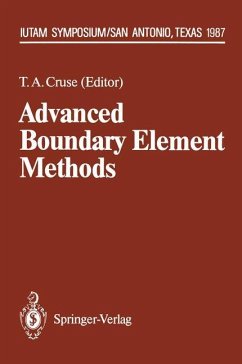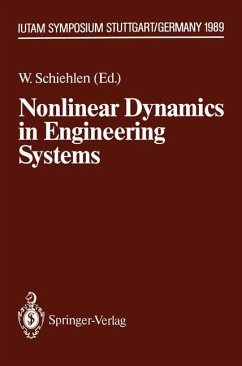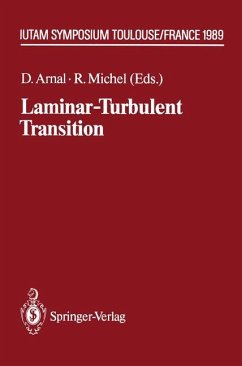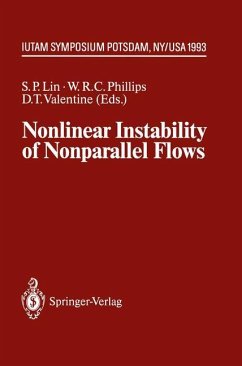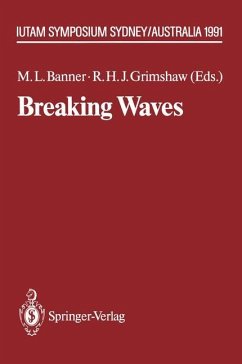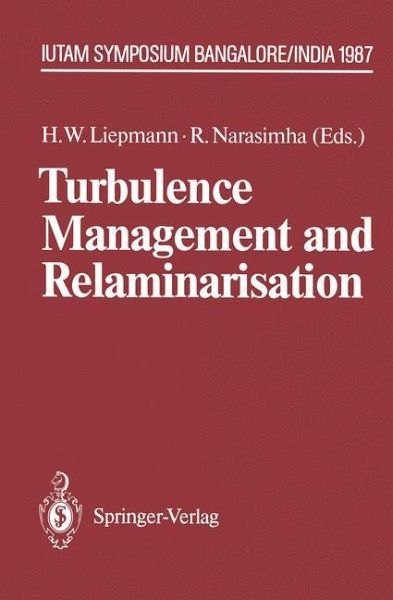
Turbulence Management and Relaminarisation
Proceedings of the IUTAM Symposium, Bangalore, India, 1987
Herausgegeben von Liepmann, H.W.; Narashima, R.
Versandkostenfrei!
Versandfertig in 1-2 Wochen
77,99 €
inkl. MwSt.

PAYBACK Punkte
39 °P sammeln!
The last two decades have witnessed an intensifying effort in learning how to manage flow turbulence: it has in fact now become one of the most challenging and prized techno logical goals in fluid dynamics. The goal itself is of course not new. More than a hundred years ago, Reynolds already listed factors conducive to laminar and to turbulent flow (including among them curvature and acceleration). Further more, it is in retrospect clear that there were several early instances ot successful turbulence management. Examples are the reduction in drag achieved with a ring-trip placed on the front ...
The last two decades have witnessed an intensifying effort in learning how to manage flow turbulence: it has in fact now become one of the most challenging and prized techno logical goals in fluid dynamics. The goal itself is of course not new. More than a hundred years ago, Reynolds already listed factors conducive to laminar and to turbulent flow (including among them curvature and acceleration). Further more, it is in retrospect clear that there were several early instances ot successful turbulence management. Examples are the reduction in drag achieved with a ring-trip placed on the front of a sphere or the insertion of a splitter-plate behind a circular cylinder; by the early 1950s there were numerous exercises at boundary layer control. Although many of these studies were interesting and suggestive, they led . to no spectacularly successful practical application, and the effort petered out in the late 1950s. The revival of interest in these problems in recent years can be attributed to the emergence of several new factors. First of all, fresh scientific insight into the structure of turbulence, in particular the accumulated evidence for the presence of significant order in turbulent flow, has been seen to point to new methods of managing turbulence. A second major reason has been the growing realisation that the rate at which the world is consuming its reserves of fossil fuels is no longer negligible; the economic value of greater energy effi ciency and lower drag has gone up significantly.



